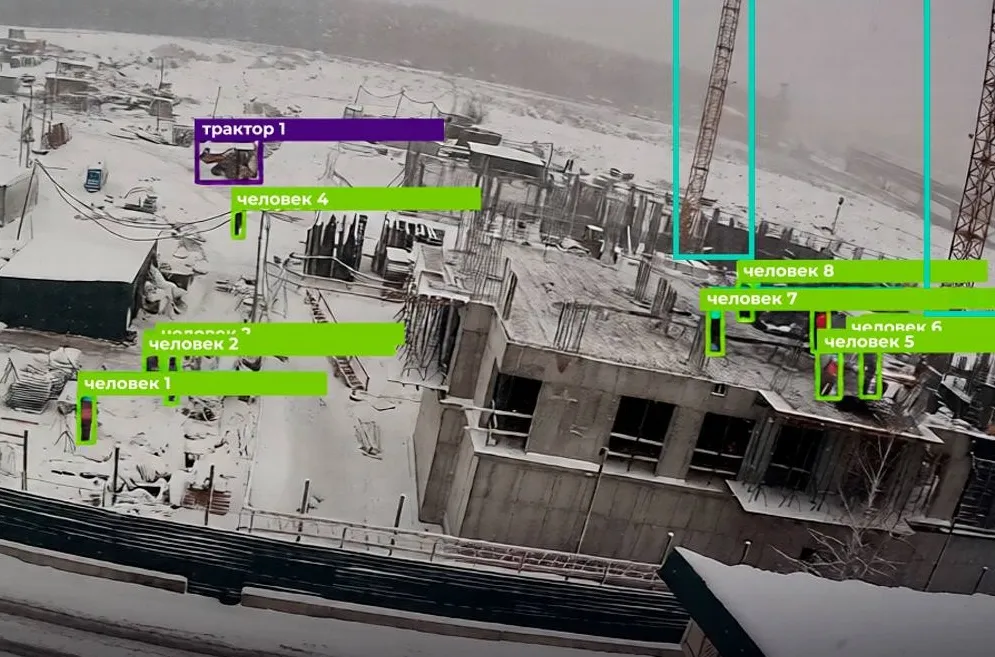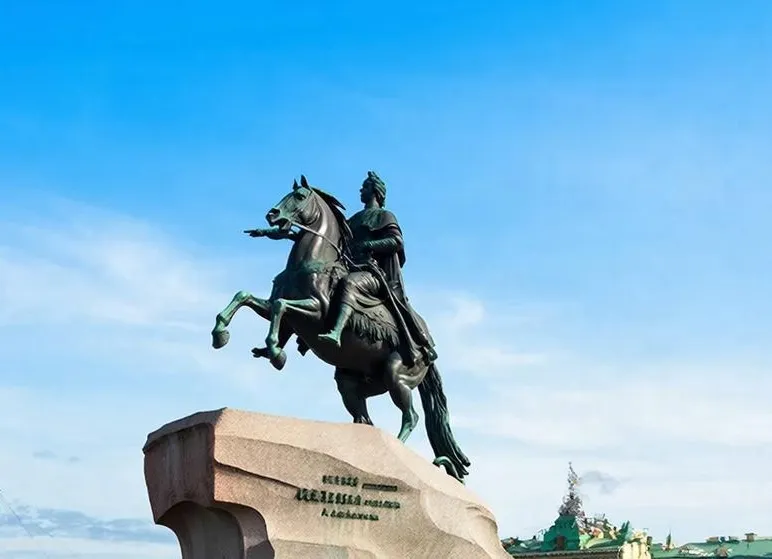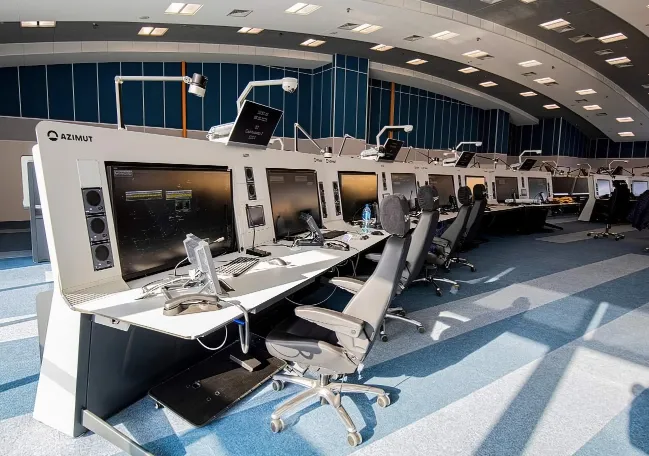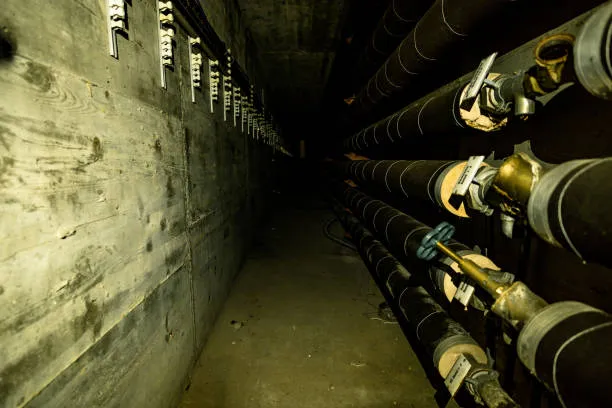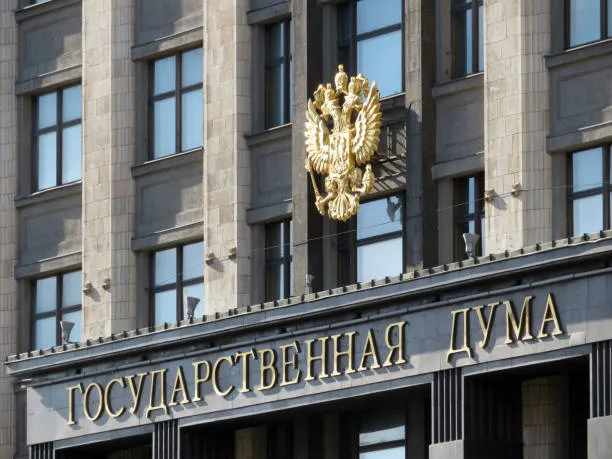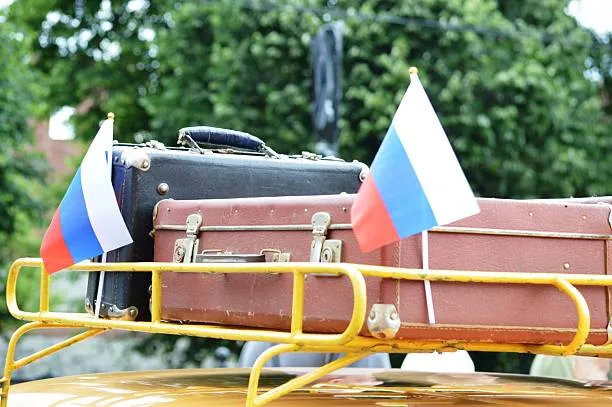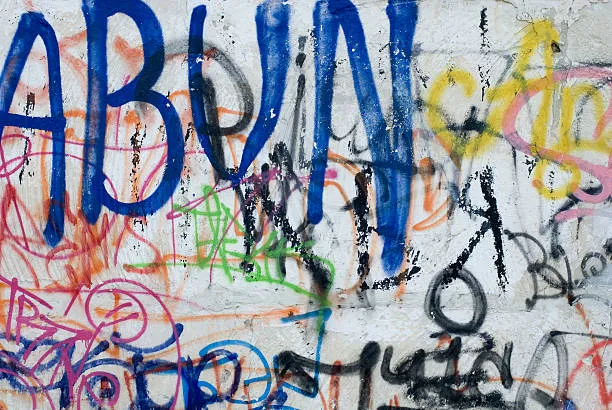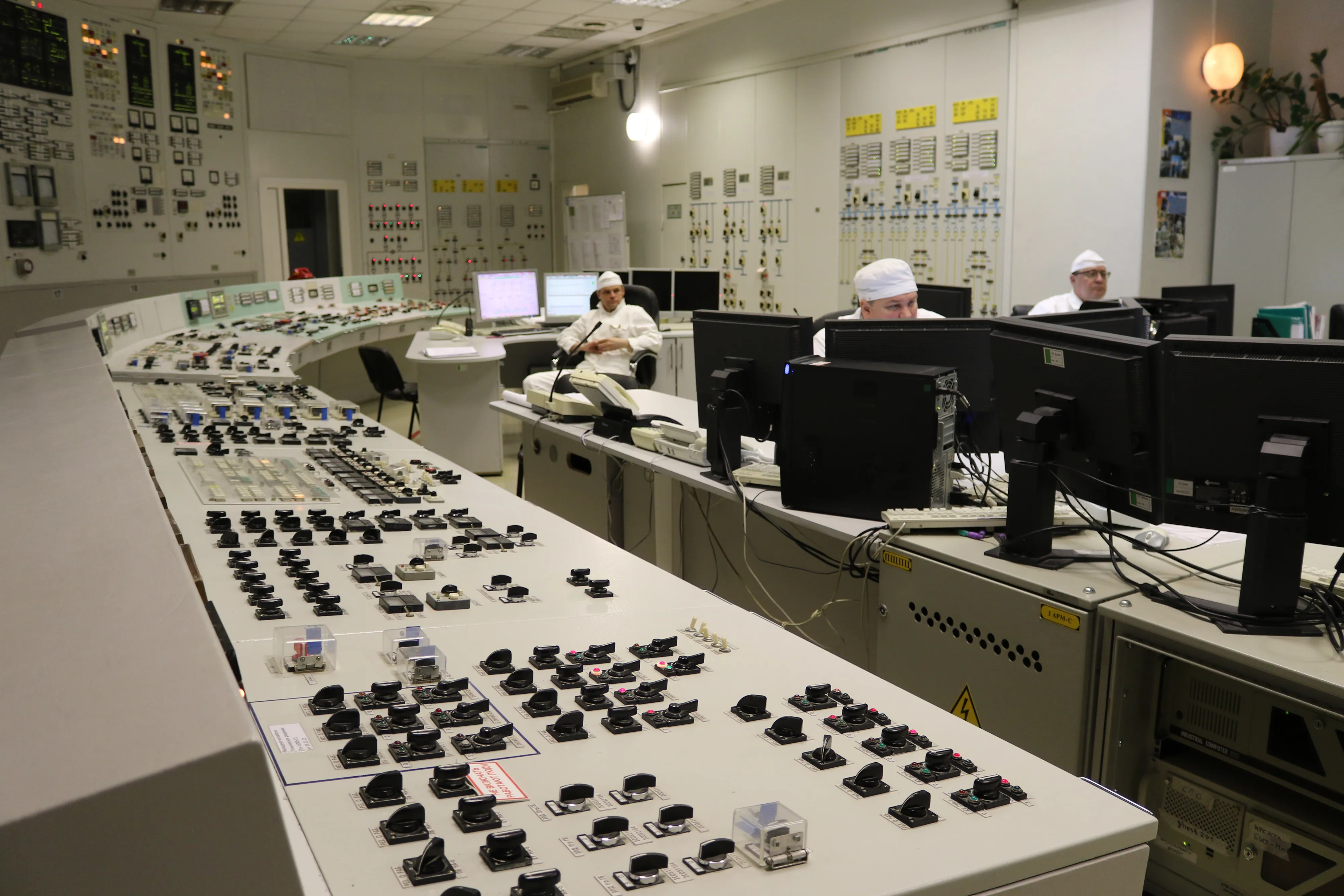Russian Scientists Are Using AI to Decode Ancient Manuscripts

Researchers in the North Caucasus are training neural networks to read the Nart sagas, epic tales that have remained locked away in fading manuscripts for decades.
Russian researchers are turning to artificial intelligence to decipher ancient versions of the “Nartiada,” the epic folklore of the North Caucasus. These tales, built on myths, legends, and heroic adventures of the Narts, have been passed down for centuries — but much of the archive has remained unreadable.
At the North Ossetian Institute of Humanitarian and Social Studies, archivists are sitting on a collection of more than 10,000 handwritten texts. Among them are rare field records from ethnographic expeditions, many of which had never been decoded — until now.
The management of the Vladikavkaz Scientific Center of the Russian Academy of Sciences and the country's leading IT specialists have already conducted test deciphering of manuscripts using a neural network.
The toughest challenge lies in manuscripts recorded in the mid-20th century. Many were written with chemical pencils that have since faded almost to invisibility. For decades, that meant entire stories risked being lost.
AI may be the breakthrough. Advanced image-processing and text-recognition algorithms can now restore fragments once considered gone for good, potentially revealing new versions of the Nart sagas.
For researchers, the stakes are high. Decoding the manuscripts could not only preserve a unique oral tradition of the North Caucasus but also open it up to scholars and readers worldwide. Technology, in this case, isn’t just a tool for efficiency — it’s a way of safeguarding cultural memory.










